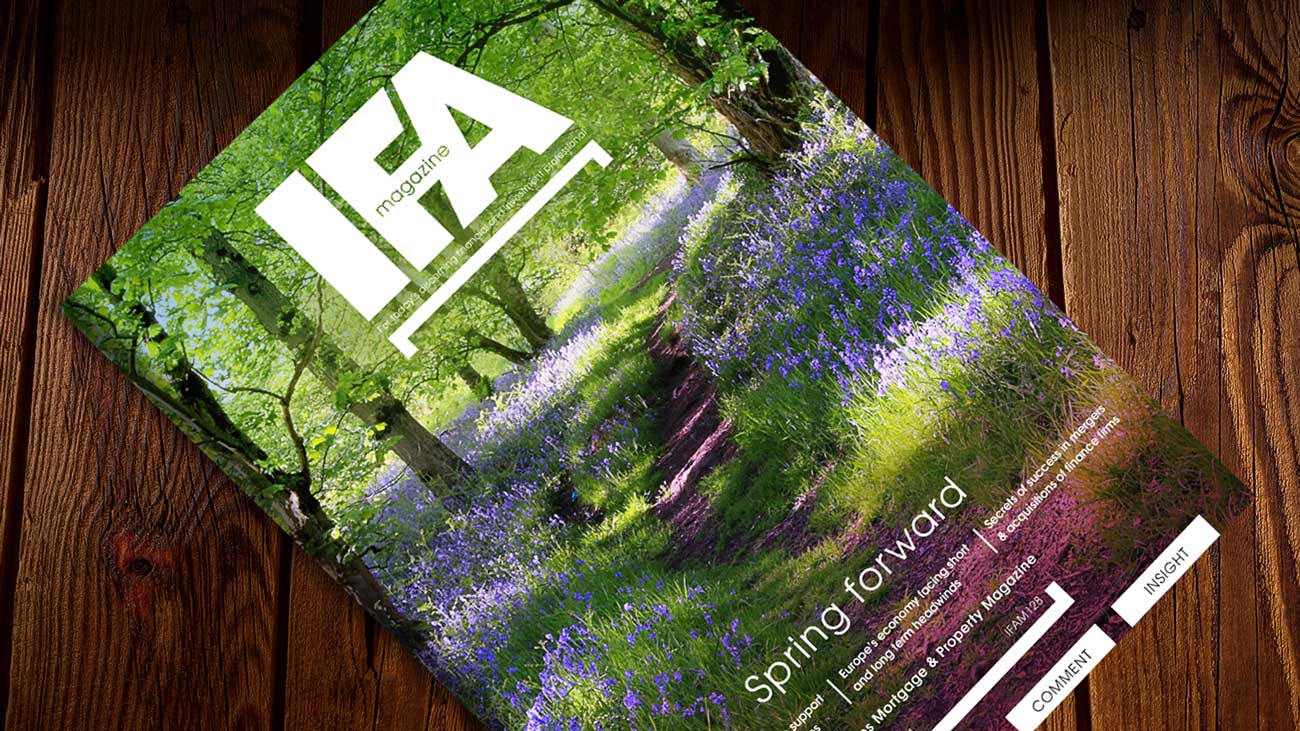- The Government has frozen the minimum earnings level for automatic enrolment into a workplace pension scheme (the ‘earnings trigger’) at £10,000 for 2022/23 (Review of the automatic enrolment earnings trigger and qualifying earnings band for 2022/23: supporting analysis (publishing.service.gov.uk))
- Move is expected to bring an extra 17,000 savers into the pension system as average earnings rise – although those in ‘net pay’ schemes may not receive valuable tax relief automatically
- The qualifying earnings band minimum auto-enrolment contributions are based on has also been frozen for 2022/23
- This means earnings between £6,240 and £50,270 will qualify for a matched employer contribution
Tom Selby, head of retirement policy at AJ Bell, comments:
“The decision to freeze the earnings level at which savers are automatically enrolled into a workplace pension scheme at £10,000 will result in thousands more people saving for retirement, many for the first time.
“Although this is good news, anyone with earnings above £10,000 but below £12,570 – the point at which basic-rate tax at 20% kicks in – who is auto-enrolled into a ‘net pay’ scheme risks missing out on valuable pension tax relief.
“A solution to this so-called ‘net pay problem’ has been devised but is not expected to be in place for a number of years. In the meantime, over 1 million people a year risk missing out on the tax relief they are due.
“The band of earnings used for minimum contributions has also been frozen for 2022/23, meaning only earnings between £6,240 and £50,270 will qualify for a matched employer contribution.”
Further reform
“The previous Government proposed scrapping the auto-enrolment earnings bands – so every pound earned qualifies for a matched contribution – and extending the scheme to those aged 18 (the current minimum qualifying age is 22).
“Both these measures seem proportionate and sensible, and the current administration should clearly set out when this will happen so businesses have time to plan.
“If minimum contributions are to be increased beyond 8% – say to 12% or higher – policymakers could consider creating a ‘safety valve’ so workers who feel they can’t afford higher contributions can opt-down to 8%, rather than opting out altogether.
“Employers could also be encouraged to raise contributions as workers get older or salaries increase.”

















